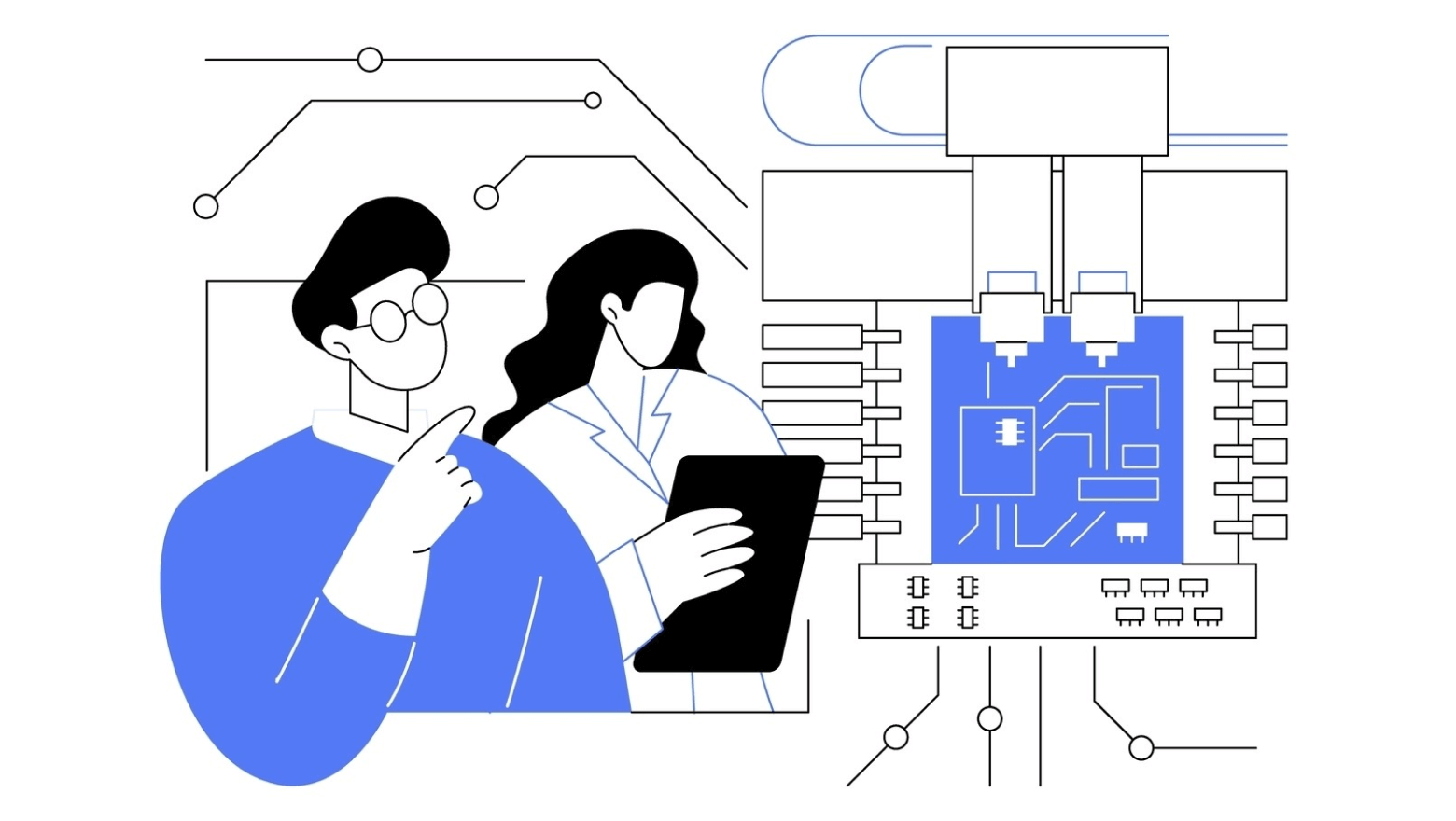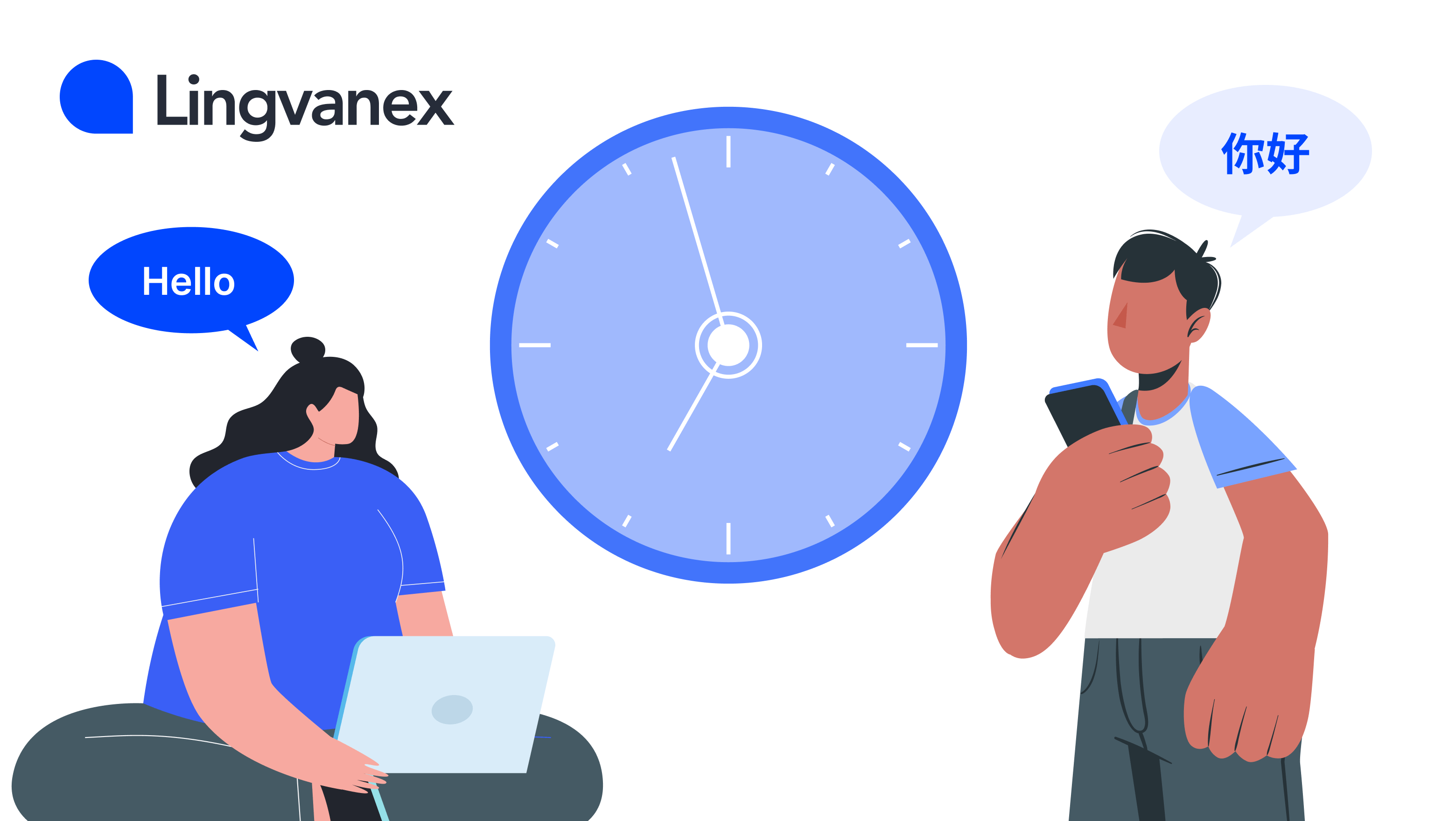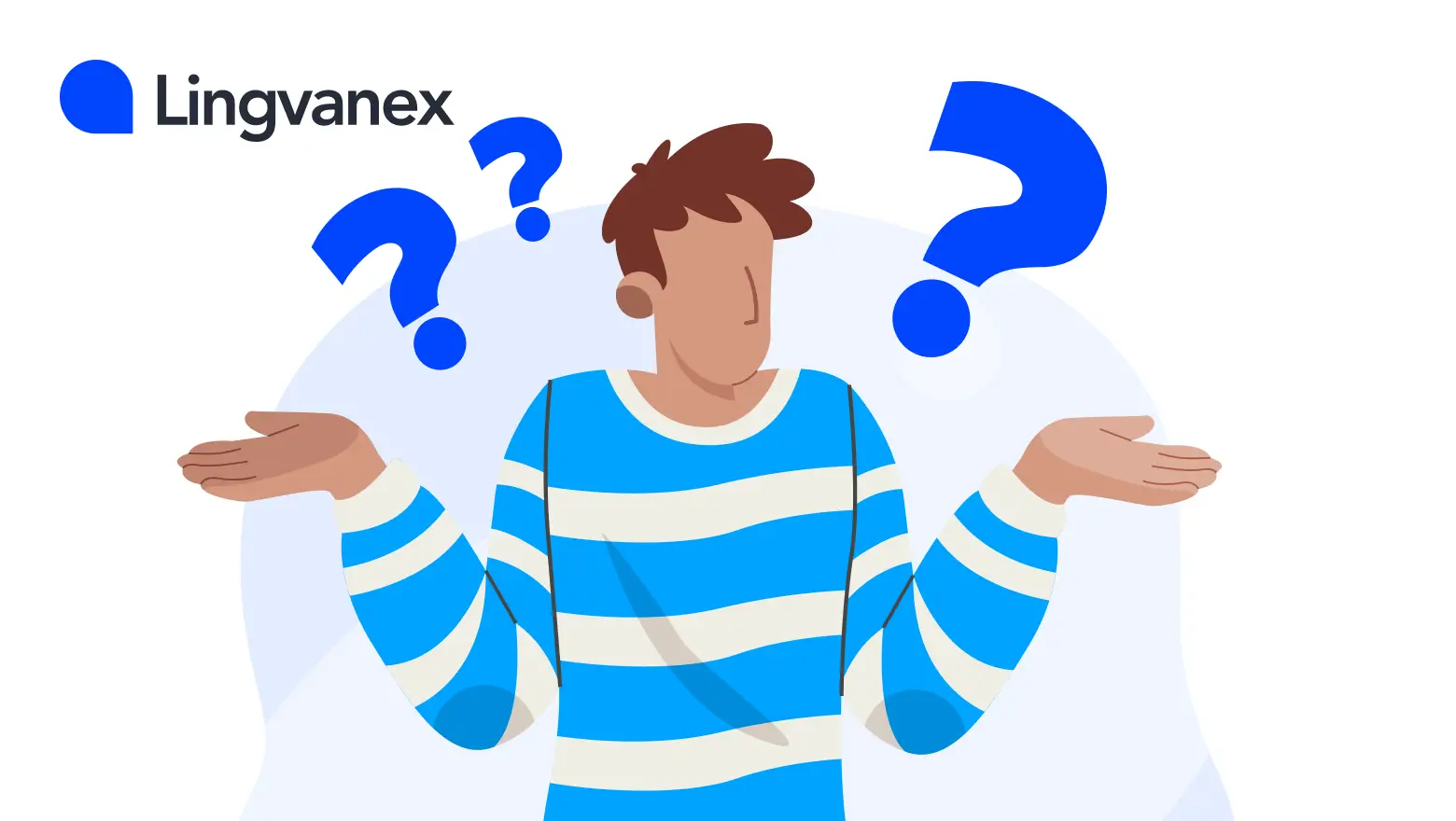Large language models (LLMs) are transforming how we interact with technology, enabling machines to understand and generate human language like never before. They are at the heart of many AI advancements, powering applications in customer service, content creation, and even research. This topic is fascinating because it shows how LLMs are reshaping industries, pushing the boundaries of what artificial intelligence can achieve, and opening up new possibilities for global communication and automation.
In this article, we’ll explore what large language models (LLMs) are, how they function, and why they’re so significant. We’ll dive into their real-world applications, the challenges they face, and the future potential of this groundbreaking technology.

What exactly is a large language model?
Large language models (LLMs) are sophisticated computational systems designed to understand and produce human language. By being trained on vast datasets containing text from a wide range of sources, they are capable of generating coherent sentences, paragraphs, or even full documents based on the input provided.
LLMs have revolutionised the field of artificial intelligence, with some of the most prominent examples being ChatGPT from OpenAI, BERT and LaMDA from Google, and RoBERTa from Facebook AI.
Why are large language models important?
Large language models (LLMs) have become essential tools due to their ability to effectively analyze and produce human language with impressive accuracy and adaptability. Their key strength lies in understanding context , allowing them to generate logical and contextually relevant responses in natural language. LLMs are now commonly used in areas such as customer service, virtual assistants, content creation, and translation.
Additionally, LLMs can learn and improve by processing large amounts of data , which allows them to handle an increasing variety of tasks — whether it's answering complex questions, summarising large documents, or even assisting with code generation. They significantly reduce the time and effort required for language-related tasks, making workflows more efficient.
Another key benefit is their adaptability . As industries grow more global, LLMs can handle multilingual communication, providing real-time translation and localisation that helps businesses expand into new markets. Their capacity to process large datasets also makes them useful in research, where they can analyse and synthesise information faster than traditional methods.
The limitations of large language models
Large language model s (LLMs), despite their impressive capabilities, have several limitations that are important to consider. One of the main drawbacks is their reliance on the vast datasets they are trained on , which means they can inadvertently produce biased or incorrect information if the training data includes such elements. Additionally, LLMs don’t truly understand language in the way humans do; they generate text based on patterns rather than comprehension, leading to responses that may sound convincing but lack factual accuracy or common sense.
Another limitation is their high computational cost . Training and running these models require substantial processing power and energy, making them resource-intensive and less environmentally friendly. LLMs also struggle with keeping context over long conversations or documents, which can result in inconsistent or disjointed answers. Furthermore, their outputs can sometimes reflect ethical or security concerns , such as generating harmful or offensive content if not properly guided or controlled.
How do large language models function?
OpenAI shared how they train ChatGPT and where they get their training information from. It’s a combination of publicly available information, licensed data, and input from human trainers. When training ChatGPT, OpenAI ensures that only freely accessible information from the Internet is used — no paywalled or dark web content is included. OpenAI also applies filters to exclude content like hate speech, adult material, and spam, to ensure the model doesn't learn from inappropriate sources.
Large language model s (LLMs) work by learning patterns in significant amounts of text processed through a method known as unsupervised learning . The way these models learn is by recognising patterns in the text, rather than storing the information. For instance, after processing large datasets, the model doesn’t retain specific details or “copy and paste” content. Instead, it builds associations between words and concepts, which it uses to generate responses based on probabilities. This process is much like how a person studies a book — after fully understanding the content, they no longer need to reference it directly and can use that knowledge to respond to questions or generate new ideas.
Large language model s (LLMs) are trained on vast and diverse text data, that allows them to handle a variety of tasks without being limited to a single area of expertise. These models are often referred to as foundation models because they can serve many different purposes, like writing, answering questions, or translating, without needing specific training for each task. When a model can perform a task without any examples or instructions, it’s called zero-shot learning . There are also variations like one-shot and few-shot learning , where the model is given one or a few examples to learn how to perform the task better.
In order to tailor large language models for particular tasks, developers employ methods such as prompt tuning (modifying input prompts to direct the model), fine-tuning (continuing training on task-specific data), and adapters (additional modules integrated into the model to specialize it without full retraining).
LLM use cases
In customer service, LLMs power conversational AI for chatbots and virtual assistants, such as IBM Watsonx Assistant and Google’s BARD, providing human-like, context-aware responses that elevate customer care. These models are also redefining content generation, enabling the automated creation of blog articles, marketing materials, and sales copy.
In the realm of research and academia, LLMs speed up knowledge discovery by summarising complex datasets and extracting key information. Additionally, their ability to translate languages enables organisations to bridge communication gaps across global markets with precise, context-sensitive translations.
One of the most versatile applications of LLMs is in code generation, where they help developers write, debug, and even translate between programming languages. They are also used in sentiment analysis, allowing businesses to gauge customer emotions and manage brand reputation more effectively.
Beyond these areas, LLMs contribute to accessibility by supporting text-to-speech technologies and generating content in formats that are more accessible for individuals with disabilities. A significant advantage of LLMs is how easily organisations can access these capabilities through simple API integrations, making them readily available for a range of applications.
How will LLMs shape up in the coming years?
The future of large language model s (LLMs) is at a crossroads — either a breakthrough or a dead-end. While LLMs have achieved impressive results in generating text, coding, and handling certain analytical tasks, recent developments in the industry suggest we might be reaching a point of diminishing returns. A key difficulty comes from the unchanging architecture of LLMs . Unlike the human brain, which can dynamically adapt, these models are fixed in terms of their layers, width, and depth. This limitation impacts their ability to perform more abstract or systematic tasks, often causing them to focus too much on details while struggling with more complex errors or analyses.
The width of a model’s layers refers to how many neurons it can process at once, and its depth refers to how many layers it has. These factors determine the model’s ability to handle complex abstractions. Too little width or depth leads to issues like hallucinations or oversimplification, while too much creates inefficiency without a proportional gain in performance. One of the core issues is that we don’t yet know the optimal configuration for these parameters, which means current models are often designed with more layers and neurons than necessary, leading to massive computational and data requirements.
LLMs now boast trillions of parameters, but even slight improvements in their performance demand exponentially more computing power. This has forced companies to build massive data centers, while the availability of high-quality training data becomes increasingly scarce. Some companies have turned to artificial data generation to continue the training process, which introduces new challenges, such as the degradation of output quality. Moreover, the training process itself is inefficient, as the entire model’s weights must be recalculated with every new piece of data, akin to re-reading a book from the start for each new word.
Despite these obstacles, companies continue racing forward, driven by the promise of creating AI systems that could rival human intelligence. The first to achieve this will have a significant technological edge, potentially revolutionising industries and sparking a new wave of innovation.
Conclusion
The integration of a customised language model can greatly enhance business operations, especially when tailored to specific industry needs. Lingvanex offers a streamlined process for integrating a large language model (LLM) into your workflow, ensuring that the model not only understands your data but also aligns with your operational goals.
Lingvanex uses the OpenNMT-tf framework for its translation models, which are based on the classic Transformer architecture (encoder + decoder). This approach ensures high-quality translations and optimises the training of language models.
The integration process starts with uploading public data, such as website manuals, readme files, or instructions, which will serve as the foundation for building the model. After gathering this data, the model undergoes fine-tuning, which typically takes one to two weeks, ensuring it is perfectly customised to your business. Once the model is ready, it can be seamlessly integrated into your infrastructure via a simple REST API, providing a smooth and efficient solution.



